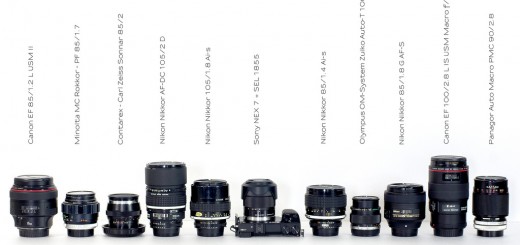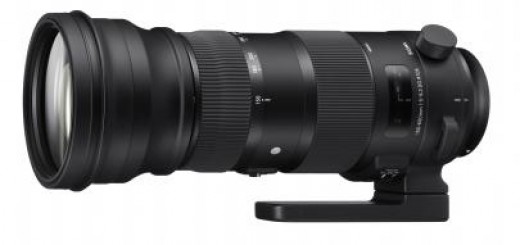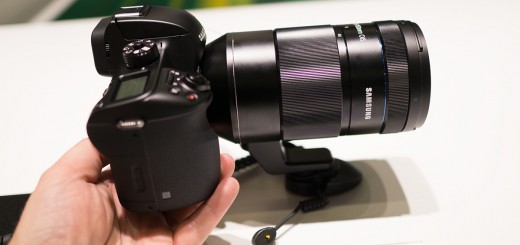Does Sony NEX 7 cook RAW files?
This is what I got, shooting both cameras in RAW with in camera lens corrections set to off:
I tried several different RAW converters, with more or less comparable results (the color casting was always there), so I am convinced that Sony is applying some corrections to the RAW files. I can’t say if they are hard-coded or embedded, but they are always apparent, after de-mosaicing.
What I find unacceptable however is, that Sony didn’t and probably will not confirm this fact, and admit – what kind of corrections are applied.
I tried to get the answer from Sony, but without success so far. The only question they cared to reply is – “Downgrade of firmware is not possible. Thank you for contacting Sony support”.
Sony RAW is not RAW anymore, according to my expectations what RAW file should be. It is cooked, changed, fake file, that producer adapted to look better. (Because of initial reviews?)
I would even accept this, if I would be able to choose – would I like to switch correction on or off.
Or at least, if I would be thoroughly informed of what corrections were applied, before making my purchase decision.
(What corrections seems to be applied? I know about noise reduction and lens corrections vignetting, CA and distortion + flat field color correction).
This – software – approach seems to be applied for any native E mount lens when mounted on NEX 7 with a new firmware.
But with a doubtful results. Look at the new Sony SEL 1018 with and without in camera software lens correction.
While the lower image is improved, it still sucks and need further PP work, to become usable.
So, what’s the point of hard-coded “improvement” if it stays – half-way?
I haven’t test other current cameras (5r and 6), but I suspect that intensive software corrections is the path that Sony, being an electronic giant, chooses to follow.
To distinguish them from the competition, Sony will force the small size, compensating for the optical lens performance, by applying hard-coded software corrections.
Instead of improving the real IQ, they will more focus on “connection”, “social networks”, “power zooms”, “fancy look,” “OSPDAF”, “Android operated”, “Application market” and all those gimmicks, that mass market is looking for.
That means for me – goodbye Sony, unless you don’t give me – top of the line IQ, that your sensors deserves, I would rather stick with photographic tools, than smart-phone photo substitutes.
But I still have plenty of legacy lenses to test, so you will still be able to find my Sony posts here. Unless I switch to Fuji for that purpose.


















Mistake and Im very suprised its hardcoded.
All main manufacturers of mirrorless (Panasonic, Olympus, Samsung) never hardcode corrections. If you run Panasonic throught dcRaw software like RAWTherapee, you will see pretty ugly CA and fringing plus distortion and more vignetting with most lens (obviously not with all, for example Olympus uses software correction much less).
Im really suprised its not same with Sony.
You might try Photivo RAW converter (its dcRaw based too, just much newer dcRaw version inside). If its there, then its really there. They tried to use some auto-corrections inside RawTherapee, not sure if it worked or not, but there is very tiny possibility that it did.
Sony did this some time ago, until V4 firmware, Sony A700 had hardcoded NR into RAW files. After customers being very unhappy they released firmware which enabled them to disable NR in RAW. As far as I know, NR in RAW is still possile in some of their dSLR (maybe even rest of their cams.. not sure).
Fuji does NR in RAW since X100. Petax since ever (probably originally Samsung idea). Samsung does that with vignetting correction, which is only one correction that isnt possible to disable and can sometimes cause serious problems with latest NX cams. Funny is that rest of corrections (CA/PF/distortion) isnt hardcoded in case of Samsung.
Lately manufacturers are very happy if they can add some software corrections. Bit too happy to my liking.
Thanks Corwin, I will try Photivo RAW converter too, supposing it is free, or there is a trial option. I am also concerned by the software correction route that camera producers are starting to prefer. Not because software correction shouldn’t be used, but because it should be offered as the option and not abused as a marketing tool.
And marketing reasons are the only ones, why RAW’s are cooked. Product that way can get better initial reviews and that is all that matter to producers, in their hunt for higher sales.
Scary future…
Yep kinda. So far only Sony is really pushing corrections to maximum. 16-50mm for E mount doesnt even cover APS-C on 16mm, its designed with very strong distortion, so when its corrected by software, its simply stretched enough that it doesnt matter that it doesnt cover whole APS-C.
Another not so nice example is new Panasonic 12-35mm f2.8 OIS lens, which without CA correction is quite awful and obviously it does have some distortion (bit like fisheye on 12mm..). Funny thing is (well funny if you didnt buy it) that when situation is contrasty enough, PF/CA is so strong that automatic correction cant fully correct it. Photozone review nicely documents how “good” it is. Considering its price which is really high, customer is pretty much buying average fast zoom with a lots of software for a lot of money.
Well Im glad mirrorless allows us (usually) to use pretty much any lens. And in film past something like CA correction didnt exist. 😀
Photivo is free software. http://photivo.org/photivo/download_and_setup Its tiny bit complicated but it works (actually when I learned how it works, it can produce pretty nice results, but RawTherapee can too, much easier way :).
Hi Corwin, I just published my findings with Photivo. I am afraid, my knowledge is not sufficient to explain the difference in the output.
Seems the Alpha 6000 does raw preprocessing to. CA present in the NEX-C3 raws are absent on the new Alpha 6000. Then again there is an off option for each correction: CA, distortion and vignetting. I wonder of denoising occurs in raw and jpeg